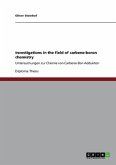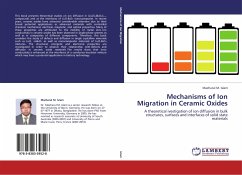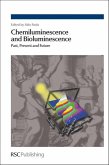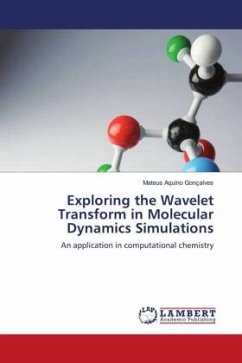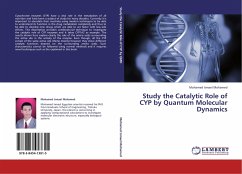1,2-dioxetanes are well known for their chemiluminescent dissociation reactions. They possess low stability, in general, having small or negative entropy. The stability of the 1,2-dioxetane depends largely on the electronic nature of the substituents attached to the four membered rings. The first chemically synthesized dioxetane, namely the 3,3,4-trimethyl 1,2-dioxetane by Kopecky and Mumford, decomposes rapidly at room temperature. They assumed that the light was emitted from a singlet excited state. Some of the dioxetanes are even known to explode. On the other hand, the half-life at 20° C of the most thermostable, Adamantylideneadamantane- 1,2-dioxetane, AAD is more than 20 years and its activation energy for dissociation is about 37 kcal/mol. This book deals with the study of the chemiluminescent reaction mechanism for simple dioxetanes, adamantyl, xanthyl and acridyl substituted dioxetanes.The chemiluminescent decomposition of simple dioxetanes follows a biradical mechanism via a triplet biradical intermediate, while AAD prefers a concerted pathway via the transition state in the singlet excited state.


